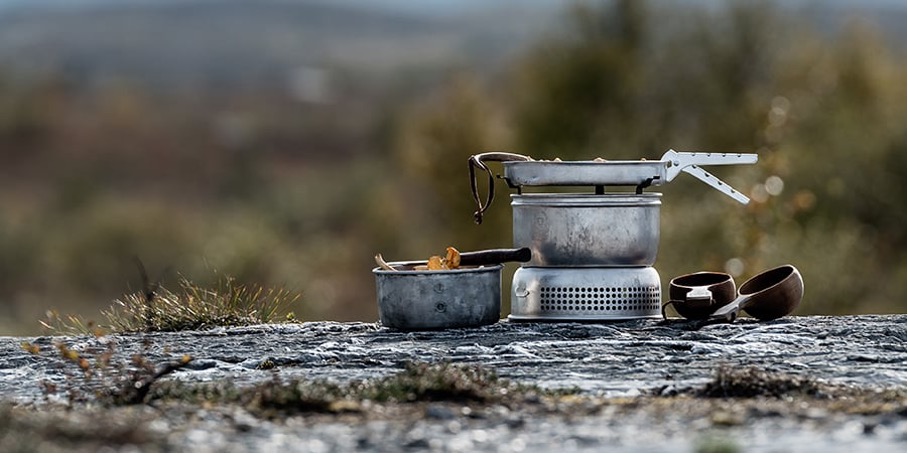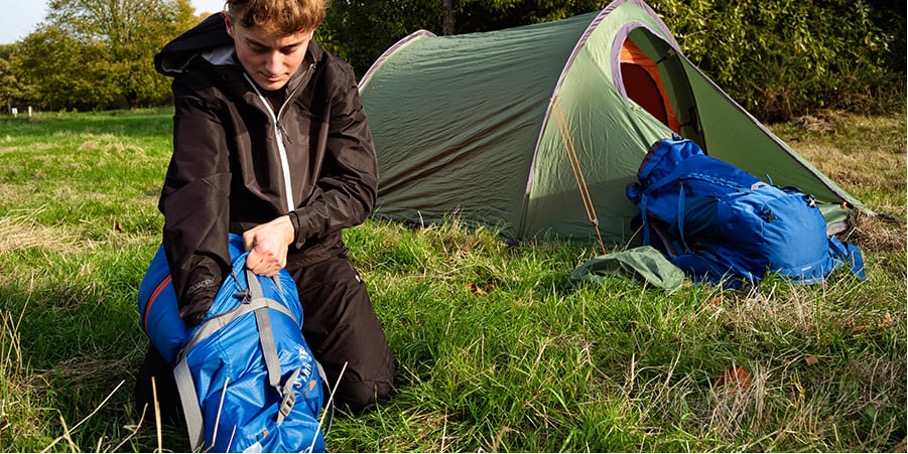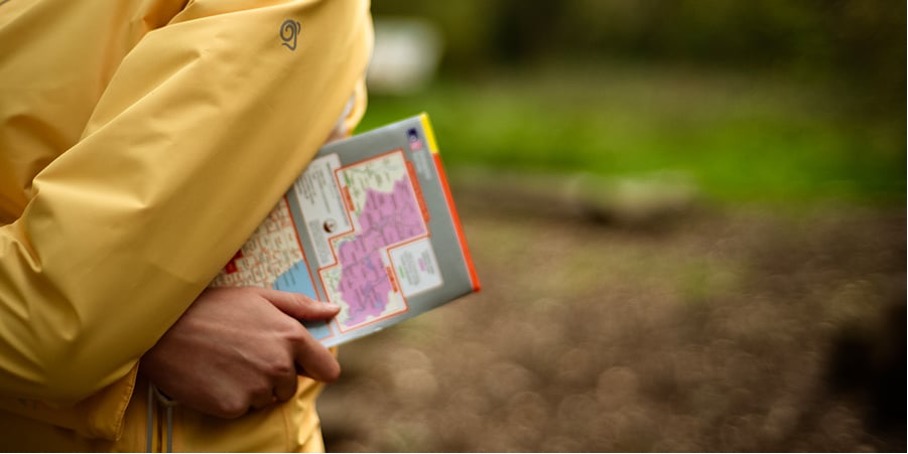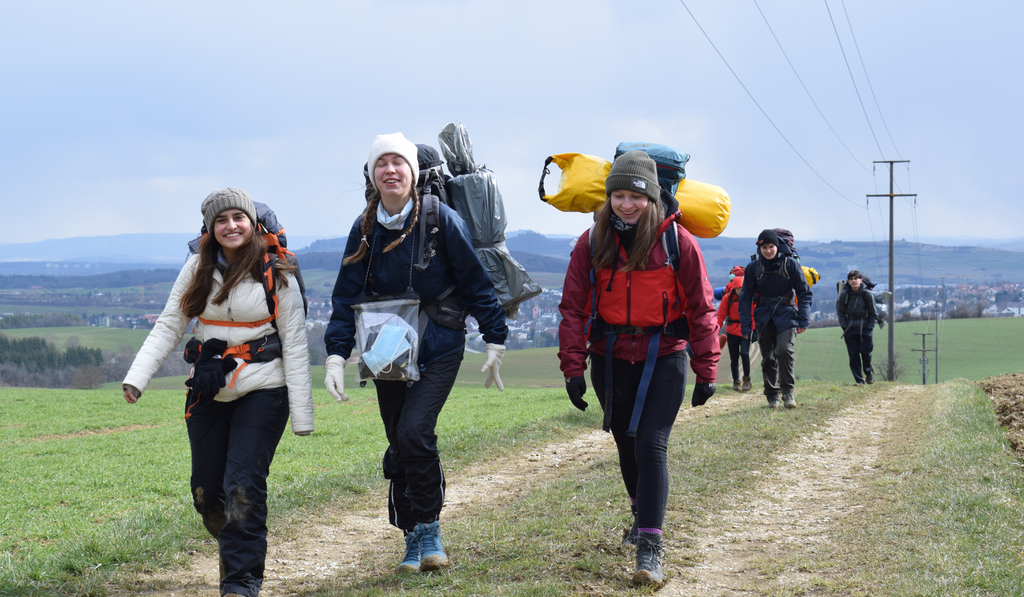What is a Duke Award expedition?
Award expeditions are tours in nature in which a group of 4-7 participants pursue a common group goal. This goal is the basis for all other aspects of the tour: environment, mode of transportation, routes, activities and the final report.
The expedition is carried out solely by the physical effort of the group without motorized support and is normally unaccompanied. The groups are self-catering; equipment, food and tents are carried at all times. Roads and towns should be avoided as far as possible. Overnight stays are in tents.
Expeditions are nature-friendly undertakings. Their ecological footprint must therefore be taken into account from the outset (see the topic of environmental protection below).
10 requirements
To ensure that your venture in nature is a real Duke Award expedition, there is a catalog of rules that you must adhere to around the world. For medical reasons, exceptions can be made in consultation with the association. Download the file here:
Expedition requirements
Preparation
It is the responsibility of the participants to plan the expedition. Therefore, the group goal must first be determined, and then the mode of transportation, overnight stays, routes and activities en route. Group objectives can be very diverse: Measuring water quality, observing star constellations, reflecting on the group mood, counting trees …
To plan the route, you will need a map of the region, the Duke Award route map and knowledge of coordinates. Sounds complicated? That’s why you will first receive expedition training from your Award Leader so that you can set up tents, cook with the Trangia stove and master navigation. The training depends on your group goal and the route you have chosen.
Before you can start your final expedition, you will need a practice expedition lasting at least 1 day/1 night. Here you can test your skills, clarify any final questions and prove to your Award Leader that you are ready for your adventure!
Equipment
Sustainable expedition
Perhaps you are also asking yourself: How can I make my expedition more sustainable? You can reduce your own CO2 footprint here too – we’ll show you how!
Expedition area: It should be possible to travel to and from the expedition by public transport. Avoid cars and airplanes.
Overnight stay: Choose an environmentally friendly campsite. The Ecocamping label is a good guide.
Expedition equipment: Before you buy equipment for the expedition (rucksack, hiking boots, sleeping bag), ask your friends and family if you can borrow something. If you buy something new, pay attention to the origin and sustainability of the products.
Shopping: Avoiding meat has a particularly big impact on your carbon footprint. It also makes sense to buy local and regional products, as they don’t have to travel long distances for delivery.
Cooking: Fill your camping stove with bioethanol and use it sparingly.
Waste: Don’t leave any waste behind, separate it and avoid plastic waste wherever possible. Take bin liners with you.
Plastic: Here are a few more tricks for a plastic-free expedition.
Dealing with nature: Stay on the paths, don’t damage any plants and reduce your noise (keyword: noise pollution).
Environment protection
Would you also like to increase your climate handprint on your expedition? Great idea – we have a few suggestions for you here:
- Convince the rest of the group of the above nature conservation measures and implement them consistently.
- Consciously pick up any garbage you find in the forest. This can also be your group goal.
- Convince your school to purchase expedition material. This way, every new year group can use the material and resources are conserved.
- Convince your Award Leader to be environmentally friendly, e.g. by bike in the expedition area.
- Do good and talk about it! Tell your friends/family about the expedition and how you have done your bit to protect the environment.
Get involved in environmental protection









